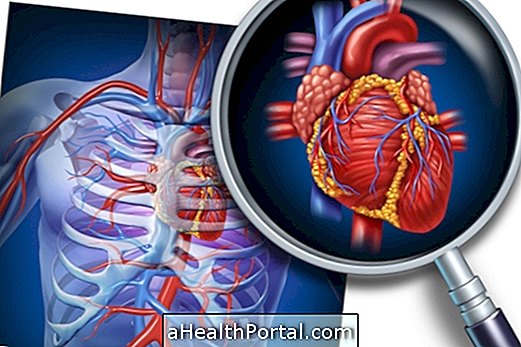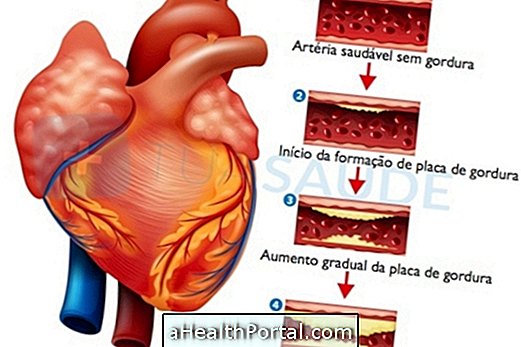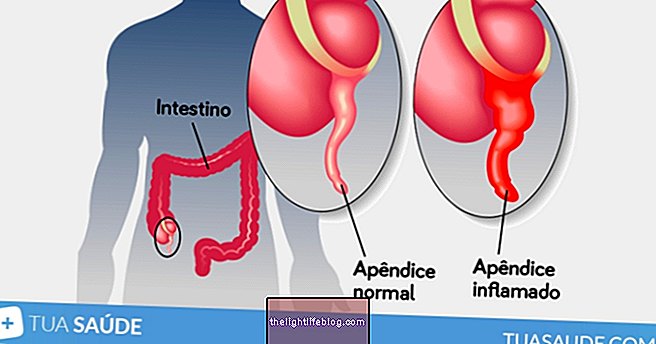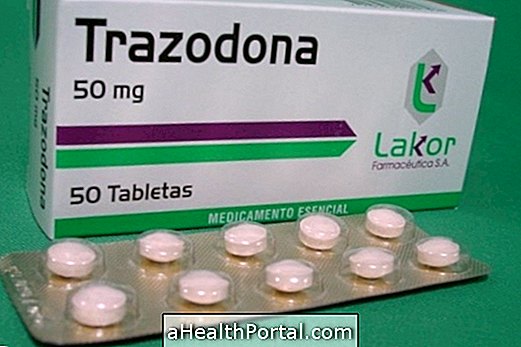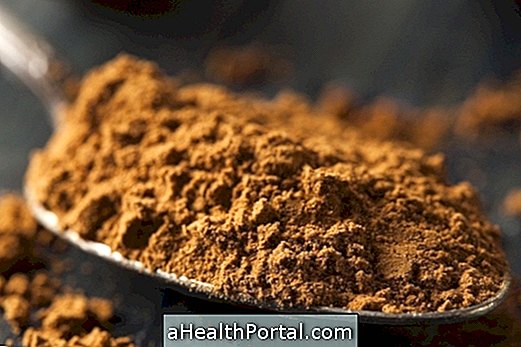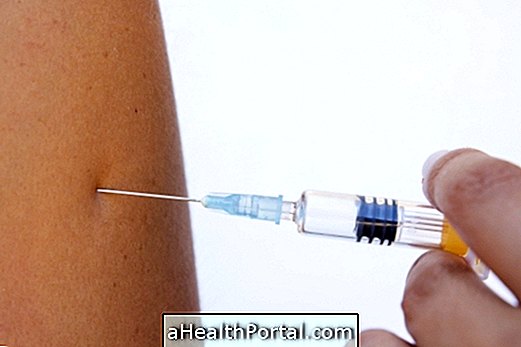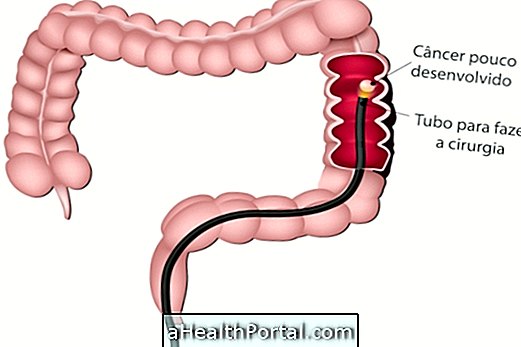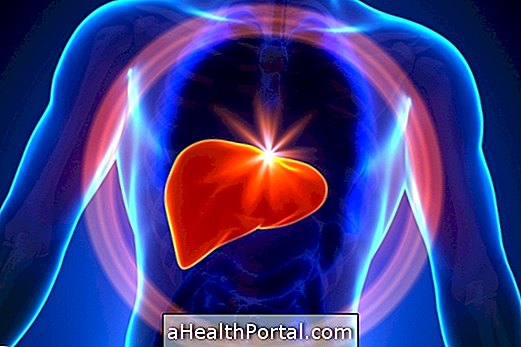Thrombophlebitis consists of the partial closure and inflammation of a vein, caused by the formation of a blood clot, or thrombus. It usually occurs in the legs, ankles or feet, but it can occur in any vein in the body.
Typically, thrombophlebitis is caused by changes in blood clotting, which can arise from defects in circulation, common in people with varicose veins, lack of movement of the legs and body pain, and lesions in vessels caused by injections into the vein, for example. It can come in two forms:
- Superficial thrombophlebitis: occurs in superficial veins of the body, responding well to therapy and bringing less life risk to the patient;
- Deep thrombophlebitis: is considered a case of urgency to prevent the thrombus from moving and causing serious complications such as pulmonary embolism, for example. Deep thrombophlebitis is also known as deep venous thrombosis. Understand how deep venous thrombosis is caused and its risks.
Thrombophlebitis is curable, and its treatment is doctor-directed, including measures to decrease inflammation of the blood vessel, such as warm water compresses, use of anti-inflammatory drugs, and in some cases, the use of anticoagulant drugs to dissolve the clot.


How it is caused
Thrombophlebitis arises due to obstruction of blood flow due to a clot, in conjunction with an inflammation of the vessel. Some of the possible causes are:
- Lack of leg movement that may be the result of surgery or long travel by car, bus or plane;
- Injury to a vein caused by injections or use of a catheter for vein medications;
- Varicose veins in the legs;
- Diseases that change blood clotting, such as thrombophilia, generalized infections or cancer;
- Pregnancy, as it is also a condition that alters blood clotting
Thrombophlebitis can occur in any region of the body, with legs, feet and arms being the most affected areas, as they are areas more exposed to minor injuries and susceptible to the formation of varicose veins. Another area that can be affected is the male sexual organ, because erection can cause blood vessel injury and changes in blood circulation in the region, increasing the risk of coagulation and giving rise to a condition called thrombophlebitis of the superficial dorsal vein of the penis.
Main symptoms
Superficial thrombophlebitis causes swelling and redness in the affected vein, with pain on palpation of the site. When it reaches deeper regions, it is common to have pain, swelling and weight sensation of the affected limb, which most often are the legs.
To confirm thrombophlebitis, in addition to clinical evaluation, a Doppler ultrasound of the blood vessels is required, which demonstrates the presence of the clot and the interruption of blood flow.
How to treat
The treatment for thrombophlebitis also varies according to the type of disease presented. Thus, treatment of superficial thrombophlebitis consists of the use of warm water compresses, elevation of the affected limb to facilitate lymphatic drainage and use of elastic compression stockings.
The treatment of deep thrombophlebitis is done with resting and use of anticoagulant drugs, such as heparin or another oral anticoagulant, as a way to dissolve the thrombus and prevent it from reaching other parts of the body. To understand more details on ways to cure thrombophlebitis, check out the treatment for thrombophlebitis.
